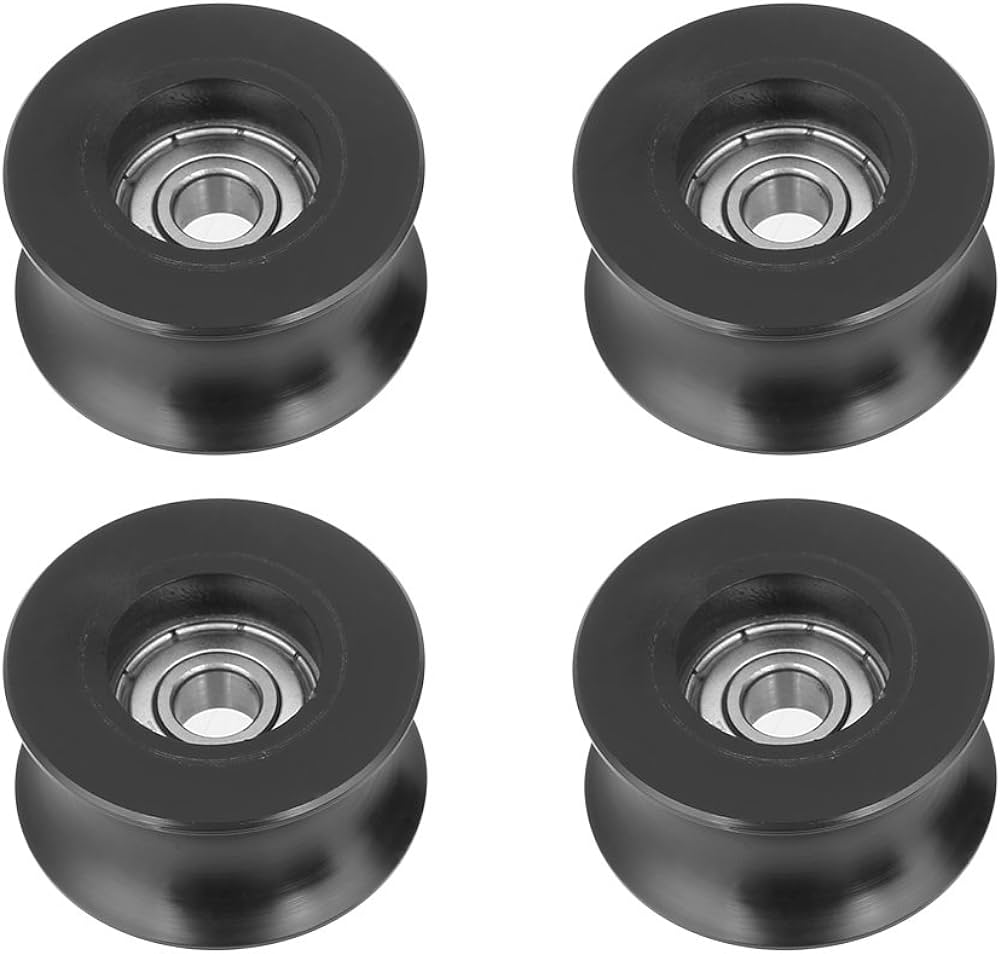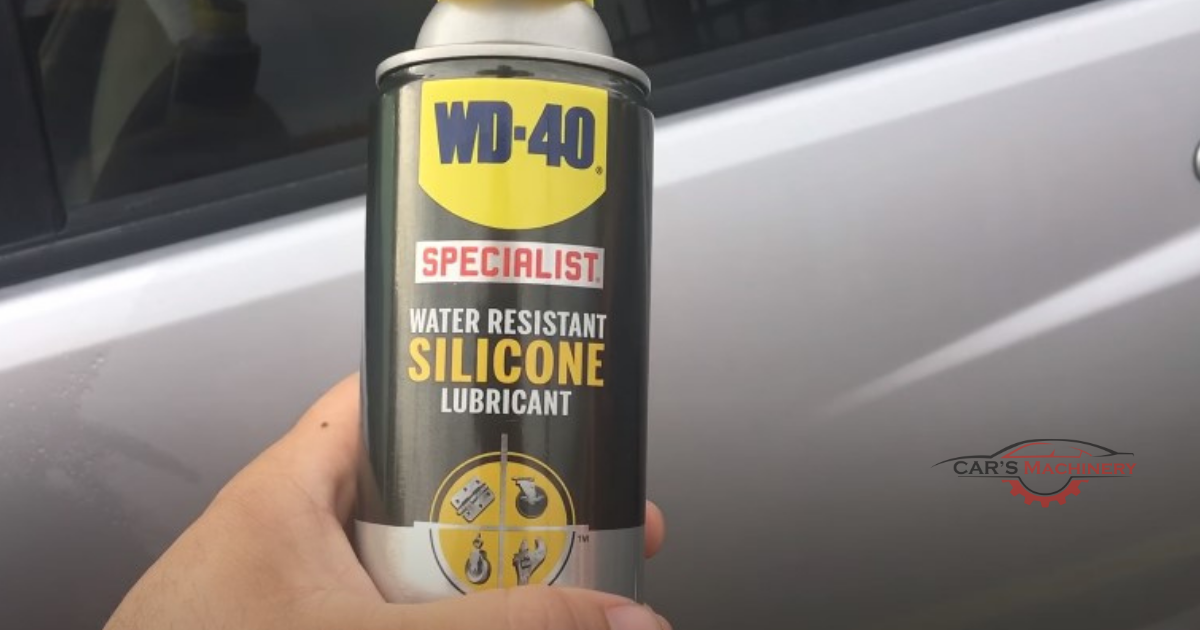To lubricate car window tracks, use silicone or dry Teflon spray for long-lasting protection and smooth operation in any weather. Silicone spray is especially effective as it stays slick and prevents sticking.
However, if the tracks are dirty, it’s best to clean them before applying the lubricant for optimal results. Dirty tracks can hinder the effectiveness of the lubricant, so a thorough cleaning will ensure smooth window movement. With proper lubrication and maintenance, you can keep your car windows functioning properly and avoid any unnecessary issues.

Credit: issuu.com
Why Lubricating Car Window Tracks Is Essential
When it comes to lubricating car window tracks, using silicone spray or dry Teflon is essential. These lubricants provide long-term protection and stay slick in all weather conditions, ensuring smooth and silent window operation. Silicone and dry Teflon are commonly used by car owners due to their effectiveness.
- Smooth and quiet window operation
- Prevention of sticking and dragging
- Reduced wear and tear on window components
- Improved longevity of window tracks
- Less chance of window track damage
Common issues with car window tracks include dirt buildup, which can affect the smooth movement of the windows. It’s important to clean the channels thoroughly before applying any lubricant. Additionally, using silicone spray or dry Teflon on the tracks can help prevent future issues and ensure optimal performance.
Choosing The Right Lubricant For Car Window Tracks
| Choosing the Right Lubricant for Car Window Tracks | |
|---|---|
| Understanding the different types of lubricants available | Silicone lubricants: |
| – Pros: Stay slick in every weather and provide long-term protection – Cons: Temporary solution if channels are dirty |
|
| Dry Teflon lubricants: | |
| – Pros: Enhance smooth sliding of windows, lessening drag – Cons: Less effective if channels are dirty or corroded |
|
Silicone and dry Teflon are often used by car owners to lubricate the window tracks. This is because chemicals like silicone stay slick in every weather and provide long-term protection to your car window tracks. Silicone lubricants are beneficial as they are resistant to extreme temperatures, ensuring smooth operation even in cold weather. However, if your window tracks are dirty, silicone sprays may only offer a temporary solution. Dry Teflon lubricants, on the other hand, enhance the smooth sliding of windows, reducing drag. Nevertheless, they may not be as effective if the window tracks are dirty or corroded. Ensure proper cleaning of the tracks before applying any lubricant for optimal results.
Step-by-step Guide To Lubricating Car Window Tracks
Discover the step-by-step guide to lubricating car window tracks for smooth operation. Silicone and dry Teflon are popular choices as they provide long-term protection and stay slick in all weather conditions. Keep your car windows functioning flawlessly with the right lubricant.
| Lubricating Car Window Tracks |
Preparing The Car Window Tracks For Lubrication |
|
Applying The Lubricant To The Tracks |
|
Cleaning Any Excess Lubricant |
|
Tips And Tricks For Long-lasting Smooth And Silent Windows
Lubricating car window tracks is essential to ensure smooth and silent operation. Silicone and dry Teflon are popular choices for car owners, as they provide long-term protection and remain slick in all weather conditions. To lubricate the window tracks, roll the window all the way down and apply silicone or Teflon-based spray down each side of the track. This helps to prevent sticking and dragging. It is best to apply the lubricant when the window is closed to avoid any mess on the glass and windowsill. Regular cleaning of the track is also recommended to remove dirt and debris that can hinder window movement. Signs that indicate the need for lubrication include slow and dragging windows.
- Regularly clean the window tracks using soapy water or a dedicated clay lubricant to remove dirt and grime.
- Check the rubber seals around the car doors and apply silicone to lubricate and protect them from sticking.
- Inspect the rollers and replace any damaged or worn-out parts to ensure smooth window operation.
- Keep the windows and tracks free from debris and clean them with a suitable window cleaner.
- Consider using a power window lubricant for easier and smoother window movement.
- Slow and hesitant window movement
- Dragging or sticking windows
- Noisy operation
Common Mistakes To Avoid When Lubricating Car Window Tracks
| Blog post title: | Lubricating Car Window Tracks |
| Heading: | Common Mistakes to Avoid when Lubricating Car Window Tracks |
| Subheading: | Using the wrong type of lubricant |
Silicone and dry Teflon are often used by car owners to lubricate the window tracks. This is because chemicals like silicone stay slick in every weather and provide long-term protection to your car window tracks. It is crucial to avoid using the wrong type of lubricant as it may not provide the necessary lubrication and protection.
Another common mistake to avoid is overapplying or underapplying the lubricant. Applying too much lubricant can lead to a messy build-up that may attract dirt and debris, causing the window tracks to become clogged. On the other hand, applying too little lubricant may not provide adequate lubrication, leading to friction and difficulty in opening and closing the windows.
Additionally, neglecting other maintenance tasks can also be a mistake. While lubricating the window tracks is essential, it is equally important to regularly clean the tracks and remove any dirt or debris that may accumulate. This will ensure smooth functioning of the windows and prevent any potential damage to the tracks and mechanisms.
Frequently Asked Questions For Lubricating Car Window Tracks
Is Wd40 Good For A Window Tracks?
Yes, WD-40 is good for window tracks. It lubricates the tracks, preventing sticking and ensuring smooth window operation.
Is Silicone Spray Good For Window Tracks?
Silicone spray is good for window tracks because it provides long-term protection and stays slick in all weather conditions. It is best to apply the spray when the window is closed to avoid any mess on the glass and windowsill.
What Is The Best Lubricant For Car Window Tracks?
Silicone and dry Teflon are often used to lubricate car window tracks. Silicone stays slick in all weather conditions and provides long-term protection to the tracks.
How Should I Lubricate Car Window Tracks?
To lubricate car window tracks, roll the window all the way down and spray silicone or Teflon-based lubricant on both sides of the track. This helps ensure smooth window operation.
Conclusion
In order to keep your car windows functioning smoothly, it’s important to properly lubricate the window tracks. Silicone and dry Teflon are popular options for this task, as they provide long-lasting protection regardless of the weather conditions. While spray silicone can offer a temporary fix, it’s best to clean the channels before applying any lubricant.
By following these steps, you can ensure that your car windows slide effortlessly, enhancing your driving experience. Trustworthy lubrication products and proper maintenance can go a long way in keeping your car windows in optimal condition.







